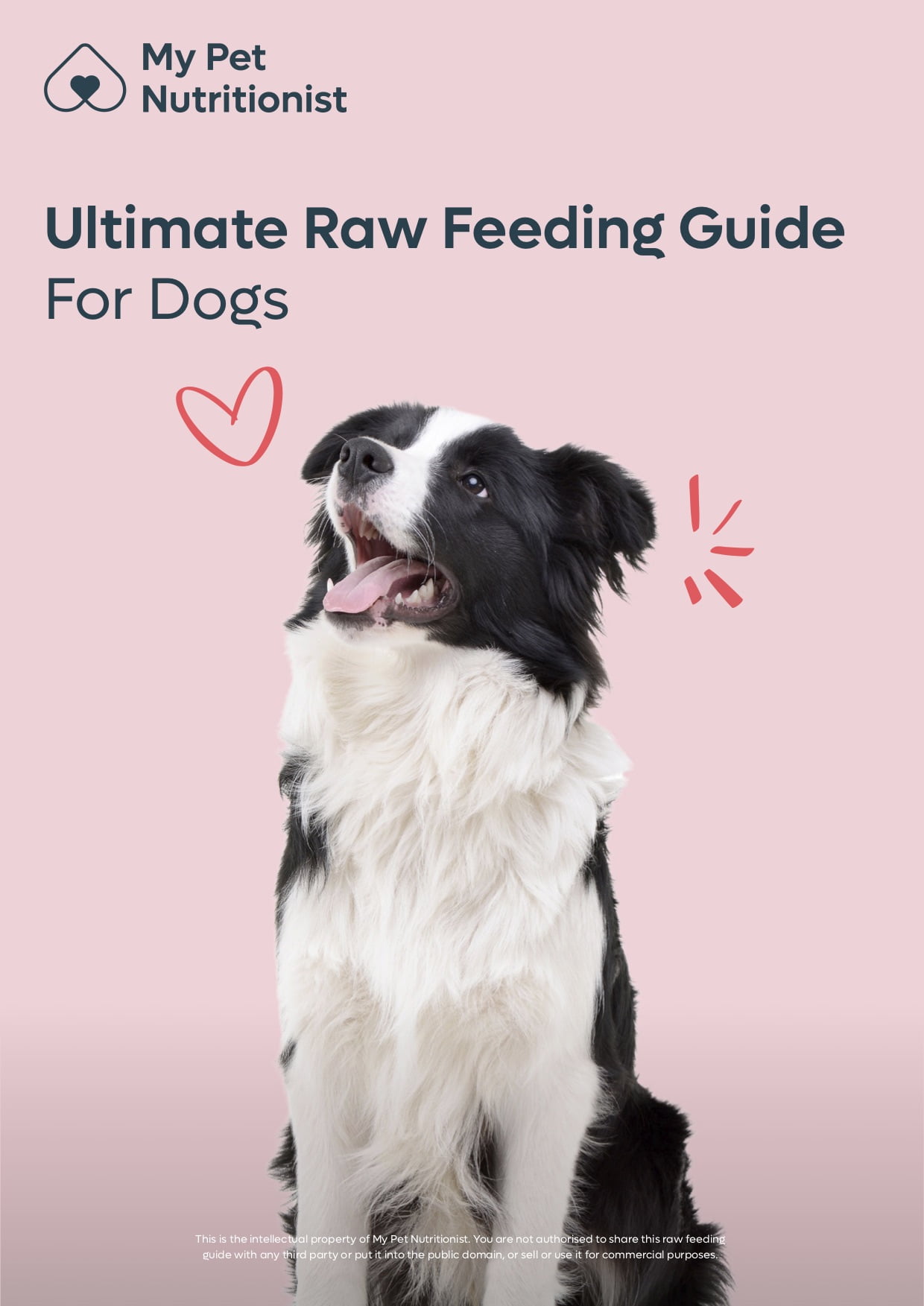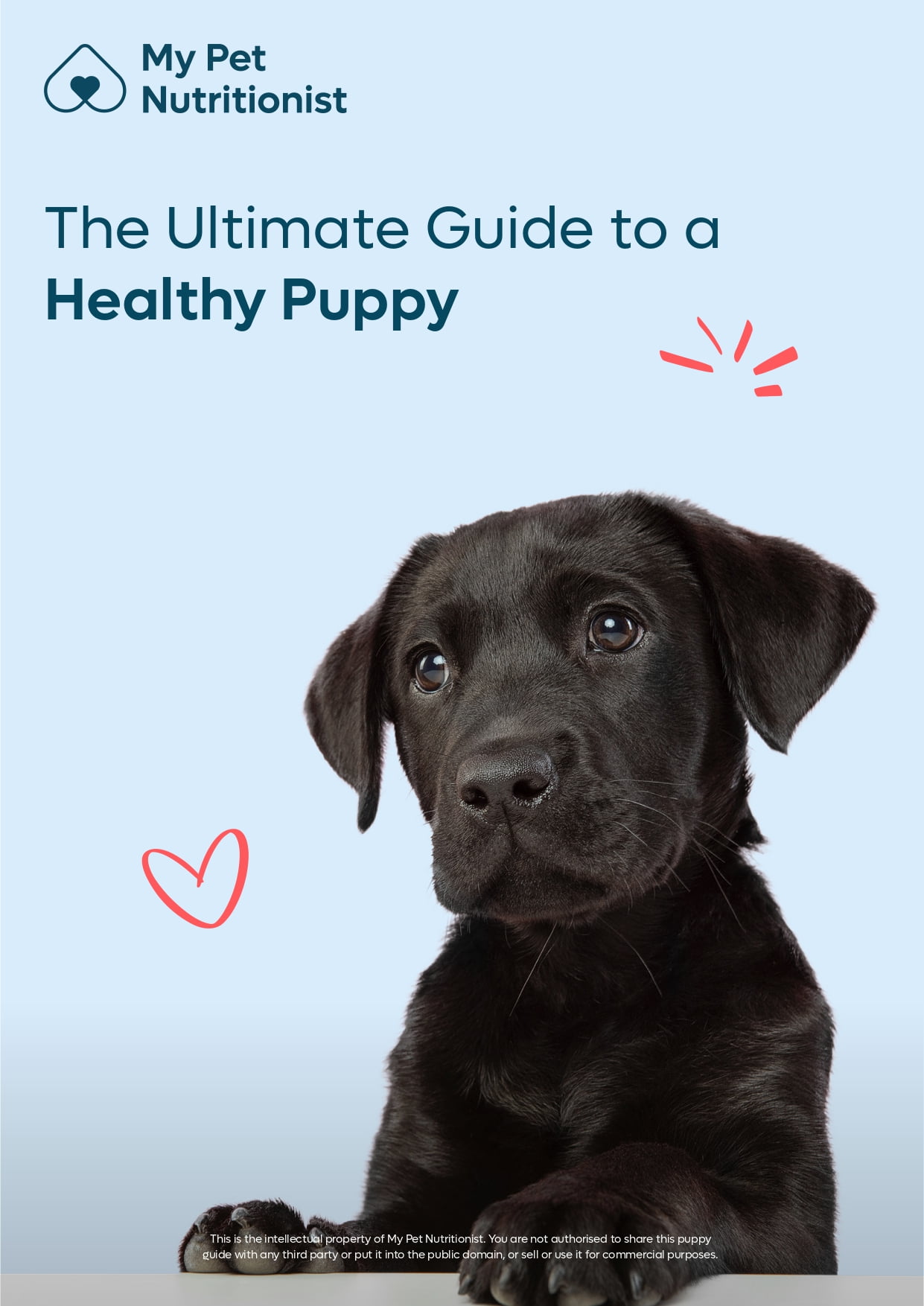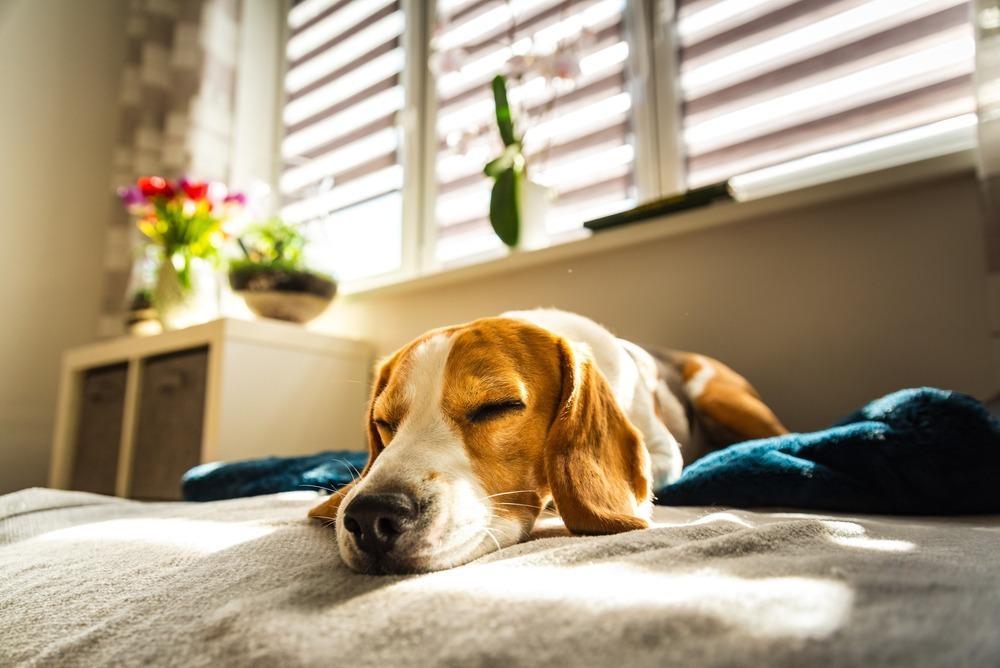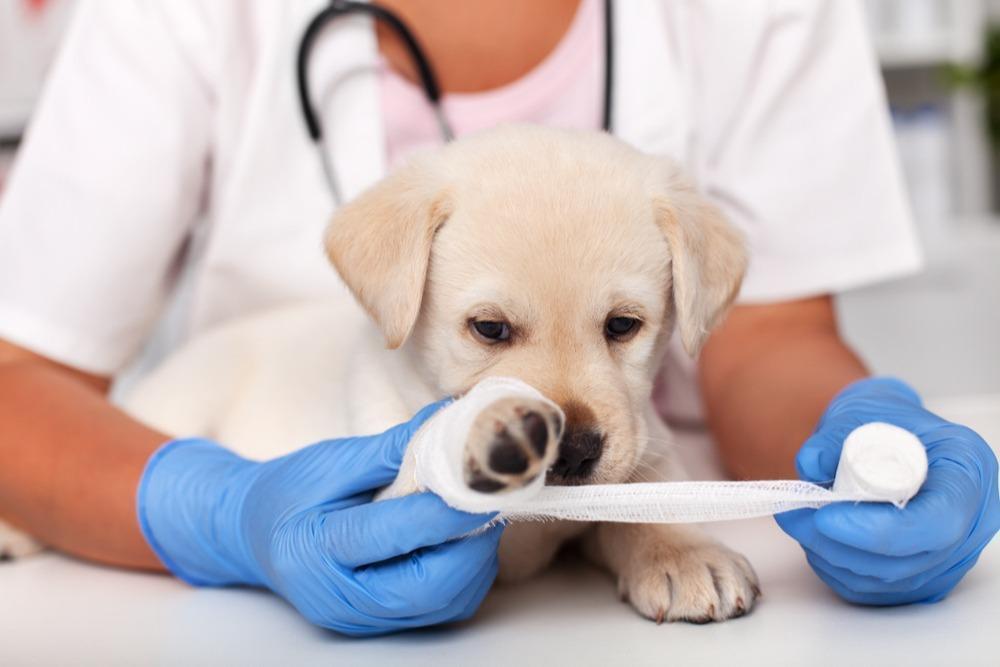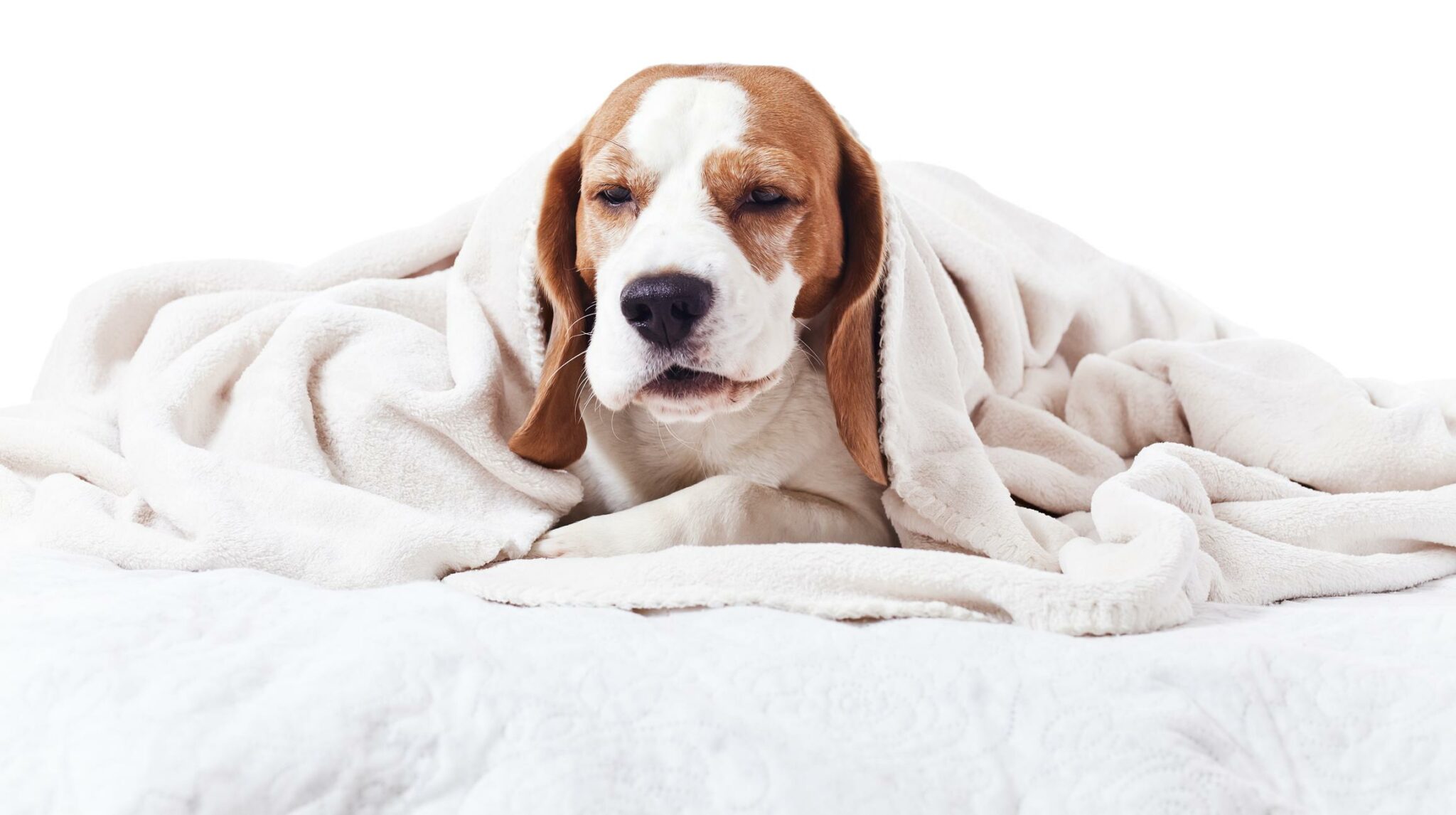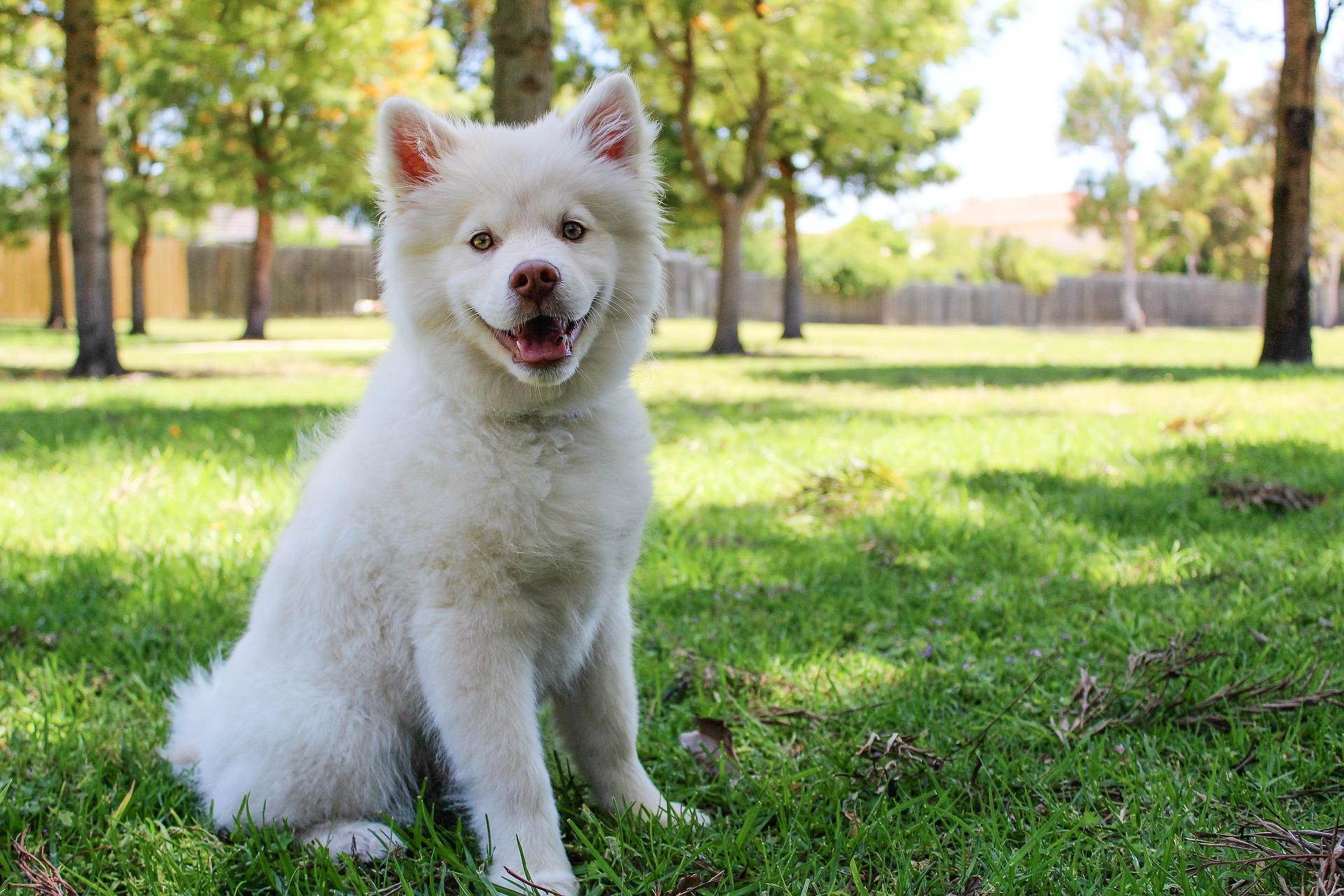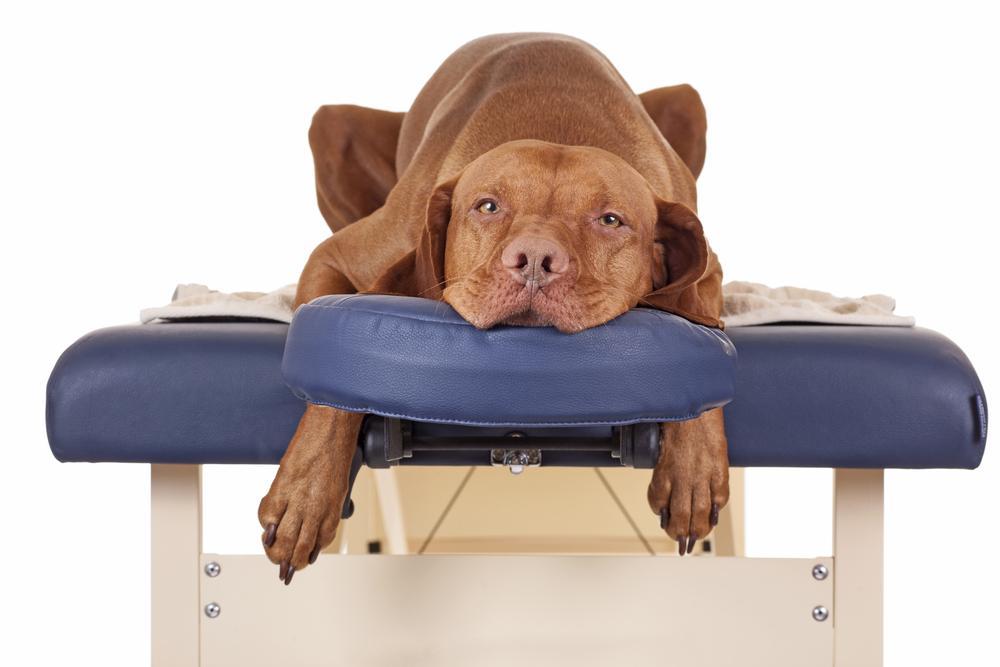
Keeping Dogs Safe in Summer
- July 18, 2022
- 3 mins 25 secs
It’s seen world over, no matter when their Summer arrives, we are bombarded with images or stories of dogs suffering from heat stroke. For some it’s fatal.
Sometimes it’s obvious how the dog has succumbed, other times, well-meaning owners just haven’t realised the true impact of certain exercise on their dog in the heat. Especially owners of brachycephalic dogs or those who are carrying a little extra weight.
So how do we deal with the heat? How do we keep our dogs exercised and stimulated when we are, in truth, worrying ourselves sick about doing so?
Firstly, we need to get a handle on heatstroke.
As you may, or may not, know; to cool themselves, dogs pant. They don’t sweat like us humans (they do have some sweat pads in their paws, so if they are stressed, you may notice sweaty paws on the Vet table).
When panting isn’t enough to maintain the status quo, their body temperature rises. If this isn’t corrected quickly enough, it can be fatal.
Remember when we mentioned the brachy breeds? With their altered snout (flat face), they aren’t as efficient at breathing or panting. This also goes for those obese pets. In turn, they aren’t as efficient at reducing their overall body temperature, which makes them more prone to heat-stroke.
How do I know if my dog has heat stroke?
The symptoms of heat stroke include excessive panting, drooling, reddening gums, vomiting, diarrhoea, brain fog, loss of consciousness and collapse.
If you are concerned your dog may have heat stroke, place a towel soaked in cool water over your dog and keep pouring cool water onto it. You need to seek Vet advice immediately.
Obviously, prevention is better than cure (not all dogs are lucky enough to survive heat-stroke), so we’ve got some top tips that can help you stay out of trouble.
Firstly, only walk your dog at the coolest times of the day. Even if this means getting up earlier and going to bed later. You may have to reduce your walk length, but it’s better to be safe than sorry. He’s still getting a look at the outside world.
Check the temperature of the pavements and roads before you head out. Hold the back of your hand to it. If you can’t hold your hand to it, then your dog can’t walk on it.
Keep your dog inside, even out of the garden, at the hottest parts of the day. If you have air con, then put that on. Fans are great too! You can freeze some water in some milk cartons, and then place them in front of the fan – this helps cool the room down.
If you have a sheltered yard or garden, it’s worth investing in a doggy pool. They can bob for toys in their pool or simply lay down and cool off. Remember to change the water regularly, algae (and more) poses numerous risks to our four-legged friends.
Consider looking at cooling mats. Some dogs love them, some hate them. Some dogs would just rather lay on cool tiles. On that note, ensure he has access to lay in areas where he can cool his body down (tiles, hard flooring, concrete, shaded paving etc).
2. Practice learning some tricks or commands inside.
3. Take him swimming. If you have easy access to a doggy swimming pool or open water, consider whether he will be safe and enjoy swimming. It’s a great way to meet his exercise needs and he can keep much cooler. Stay safe, invest in a life jacket and only take him swimming if he is competent.
Be mindful, if your dog is experiencing reduced activity, he may start to gain weight. If necessary, reduce his food intake. You can soon increase them again when he’s back to his normal adventures.
It’s always better to err on the side of caution during those hotter months. There are plenty of ways to keep your dog occupied and stimulated without running around excessively in intense heat. It goes without saying, but if you are concerned about your dog’s health in the heat, seek vet attention immediately.
MPN Team
Customer Reviews
Explore related products
Related articles
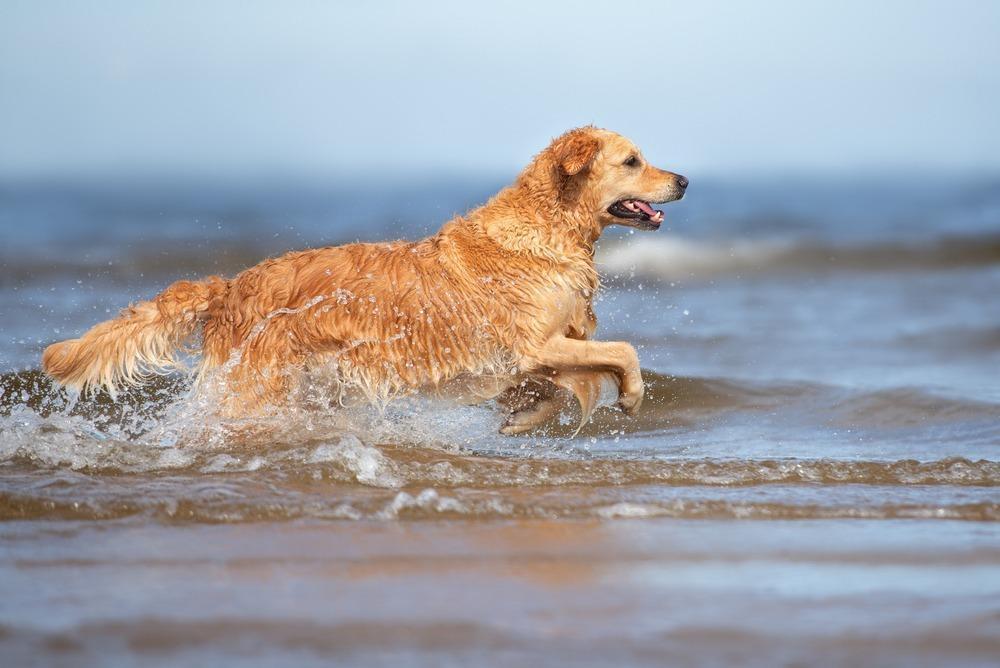
General HealthDogsFirst Aid
The Top Five Water Hazards For Dogs
Jun 27 2022
•
3 mins 13 secs

General HealthDogsFirst Aid
Should I Feed My Dog, Chicken and Rice?
Jun 27 2022
•
5 mins 37 secs
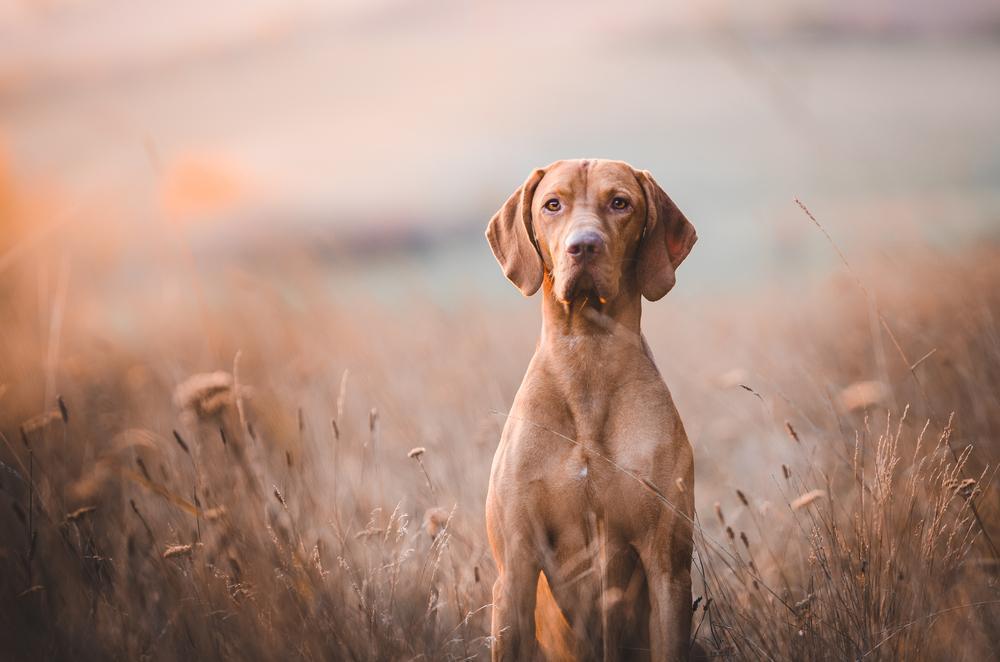
General HealthDogsFirst Aid
5 Reasons Why Your Dog May Have Diarrhoea
Jan 07 2021
•
6 min read
✕




